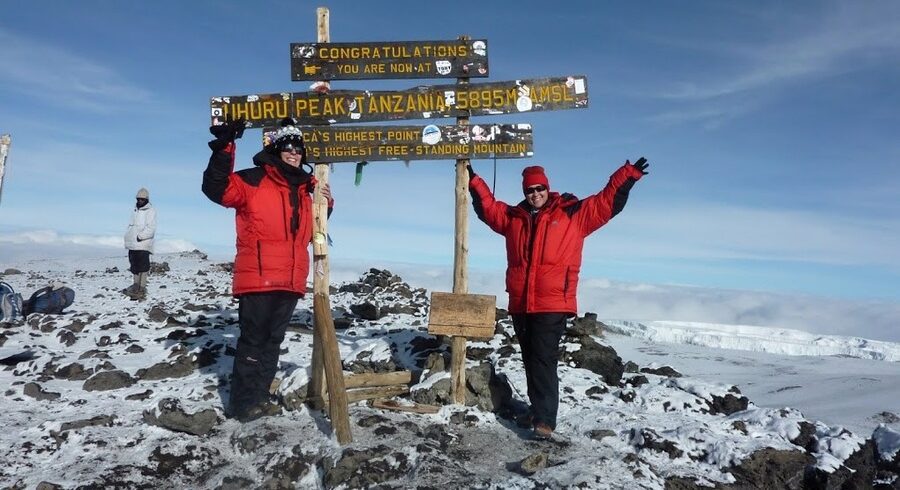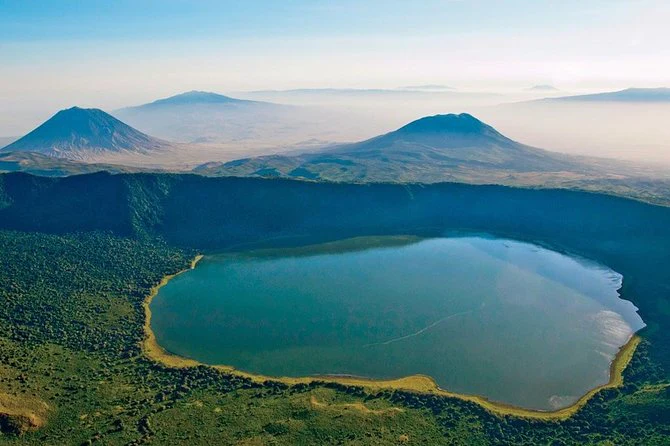The Big Question: How Long Does It Take to Climb Kilimanjaro?
The question “how long does it take to climb Kilimanjaro?” doesn’t have a one-size-fits-all answer. The duration of your trek depends on several factors, including the route you choose, your acclimatization schedule, and your physical fitness. On average, it takes between 5 to 9 days to reach the summit and descend, with longer itineraries offering better chances of success. Let’s break it down route by route.
Understanding Kilimanjaro’s Routes and Timelines
The time it takes to climb Kilimanjaro largely depends on the route you take. Below is a quick overview of the most popular options:
| Route | Minimum Days | Recommended Days | Success Rate |
|---|---|---|---|
| Marangu | 5 | 6–7 | Moderate |
| Machame | 6 | 7 | High |
| Lemosho | 7 | 8–9 | Very High |
| Rongai | 6 | 7 | High |
| Northern Circuit | 9 | 10 | Highest |
| Umbwe | 5 | 6–7 | Low |

Day-by-Day Breakdown for Popular Routes
1. Marangu Route – “The Coca-Cola Route”
Duration: 5–7 Days
This is the only route with hut accommodations, making it a popular choice for beginners. While it can be completed in 5 days, taking an extra day for acclimatization increases your success rate.
Typical Itinerary:
- Day 1: Trek to Mandara Huts (2,720m)
- Day 2: Hike to Horombo Huts (3,720m)
- Day 3: Acclimatization day at Horombo
- Day 4: Ascent to Kibo Huts (4,700m)
- Day 5: Summit attempt and descent
2. Machame Route – “The Whiskey Route”
Duration: 6–7 Days
Known for its stunning scenery and high success rate, this is a favorite among climbers.
Typical Itinerary:
- Day 1: Machame Gate to Machame Camp
- Day 2: Hike to Shira Camp
- Day 3: Trek to Barranco Camp (via Lava Tower for acclimatization)
- Day 4: Climb the Barranco Wall to Karanga Camp
- Day 5: Reach Barafu Camp (base camp)
- Day 6: Summit day and descent to Mweka Camp
Learn more about this route on Kilimanjaro Trekking.

3. Lemosho Route – A Photographer’s Dream
Duration: 7–9 Days
Offering a gradual ascent and incredible views, Lemosho is ideal for those with extra time.
Typical Itinerary:
- Day 1–2: Trek through the rainforest to Shira Plateau
- Day 3: Acclimatize at Lava Tower
- Day 4–6: Gradual ascent to Barafu Camp
- Day 7: Summit attempt and descent
Factors That Affect Climbing Time
1. Acclimatization
The longer you spend on the mountain, the better your body adjusts to the altitude, increasing your chances of success. Routes like Lemosho and the Northern Circuit allow for gradual acclimatization.
2. Physical Fitness
Your fitness level plays a role in how comfortably you can handle the climb. Regular preparation before your trek is highly recommended.
3. Weather Conditions
Tanzania’s weather can impact the time it takes to climb Kilimanjaro. The dry seasons (January–March, June–October) are more predictable, making them ideal for trekking.
Why Longer Climbs Are Better
Shorter routes like Marangu can be completed in as little as 5 days, but this increases your risk of altitude sickness. Spending 7–9 days on the mountain not only improves acclimatization but also gives you more time to enjoy the breathtaking scenery.
Combining Safaris With Your Kilimanjaro Trek
If you’re wondering how to make the most of your time in Tanzania, consider pairing your climb with a wildlife safari. Explore iconic parks like the Serengeti National Park or Ngorongoro Crater.

